
Have you ever found yourself using your computer and thinking “No! That’s not what I meant. Isn’t it obvious what I’m trying to do?”
Today you can use your computer for an ever-increasing number of activities – planning a holiday, reading the news, creating music, chatting, shopping, budgeting or just satisfying an idle curiosity.
But there is a problem; your computer is fundamentally stupid. You have to tell it exactly what you want. Often you have to enter information many times in different ways. The computer has no understanding of you as an individual, so it must ask for your address and billing information for every online purchase. It has no understanding of the context of your request, so it can’t know when you type “Java” into a search engine whether you are at that moment interested in the programming language, the island, or the coffee.
The only way for computers to get smarter at this is for them to learn more about you. Fortunately, a number of companies are now building software that shows that if you allow your computer to watch and learn from you, it can become far more helpful.
Read more »





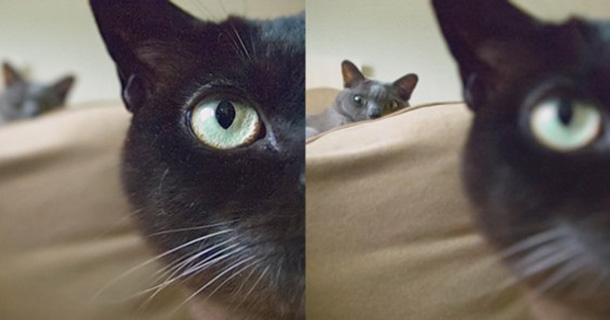
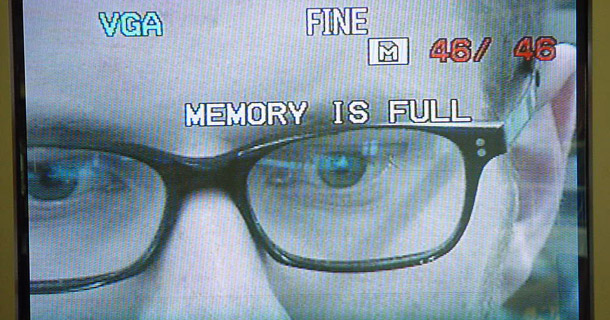
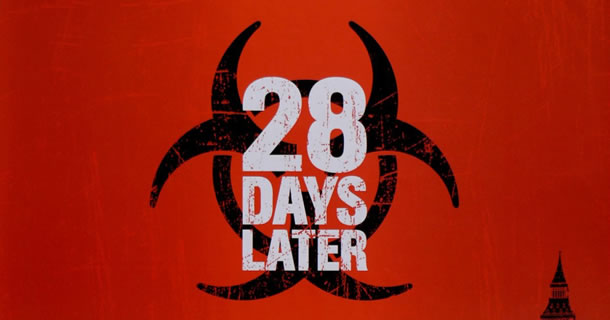
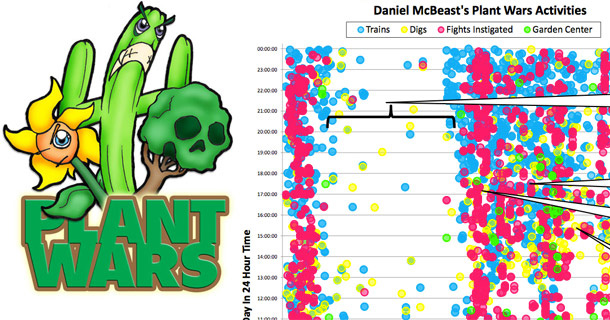



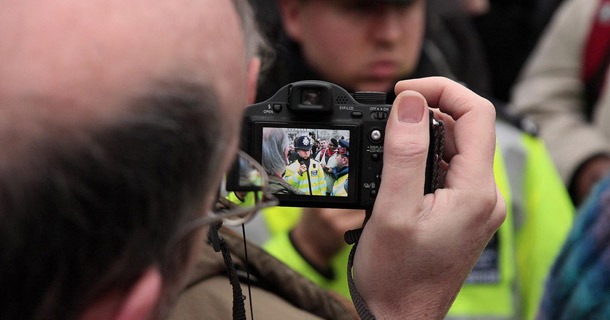


 @
@

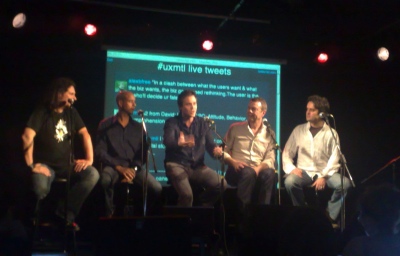










 Like all images on the site, the topic icons are based on images used under Creative Commons or in the public domain. Originals can be found from the following links. Thanks to
Like all images on the site, the topic icons are based on images used under Creative Commons or in the public domain. Originals can be found from the following links. Thanks to